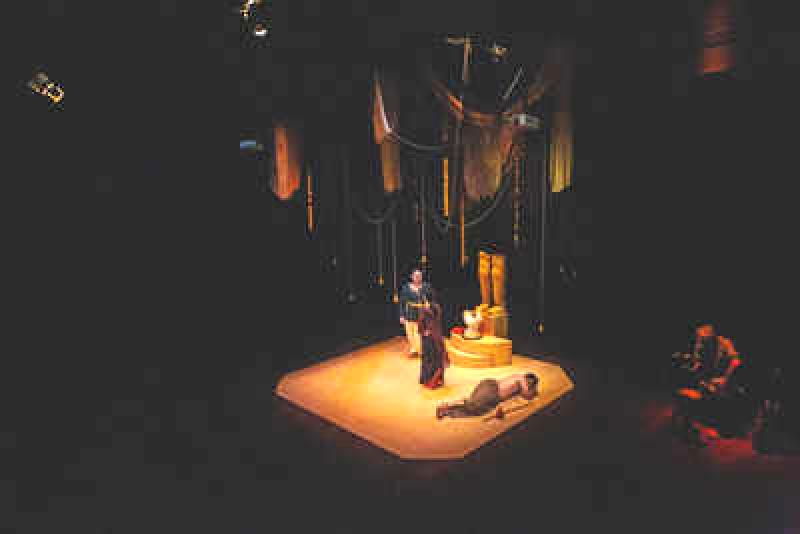
Theatre artist Arundhati Raja has transitioned from juggling teaching science along with theatre to dedicating her focus solely on theatre. Currently preparing for her English adaptation of Girish Karnad's Kannada classic, "Hittina Hunja - Bali: The Sacrifice," she reflects on the experience of revisiting a play after a long period, the obstacles she has encountered, and her aspirations for the future of theatre.
In her own words: "Utilizing AI was particularly beneficial during the direction of Bali once again. I see AI as a valuable tool for us; it's all about using it wisely for our advantage. While I had previously collaborated closely with Girish Karnad, this time around, for Bali, I couldn't seek clarification from him. That's when I turned to AI. Although it doesn't possess Girish's knowledge, it offered its own form of assistance. Restaging Bali, which took place some time ago, involved recasting two characters this time, but the rest of the production fell seamlessly into place. Revisiting the original play feels like a fulfilling journey."
Arundhati Raja observes, "The landscape of English theatre in Bengaluru has evolved significantly. Having resided in the UK, the transition to witnessing English plays in Bengaluru was a pleasant surprise. Over time, these plays became more Indianized while retaining the English language. Subsequently, we witnessed translations of local language plays into English, facilitating broader access to these narratives. The theatre scene in Bengaluru has undergone substantial transformations, reflecting the dynamic nature of theatre."
She emphasizes the collaborative nature of theatre, stating, "Theatre is a collaborative endeavor that requires extensive training to comprehend the intricacies involved. From conveying dialogues naturally to embodying characters authentically, it extends beyond stage presence and elocution. The essence lies in internalizing the character being portrayed, making theatre a highly team-oriented pursuit."Viewers tend to watch multiple poor films without hesitation, yet they are less likely to give live plays a second opportunity. Engaging with theatre can be challenging as individuals might dismiss it after one unsatisfactory experience. In contrast, the same audience members might readily watch another movie despite having had a negative previous viewing. Furthermore, there exists a prevailing misconception that theatre is dull or exclusive to intellectuals, which does not accurately reflect the diverse and engaging nature of live performances.











